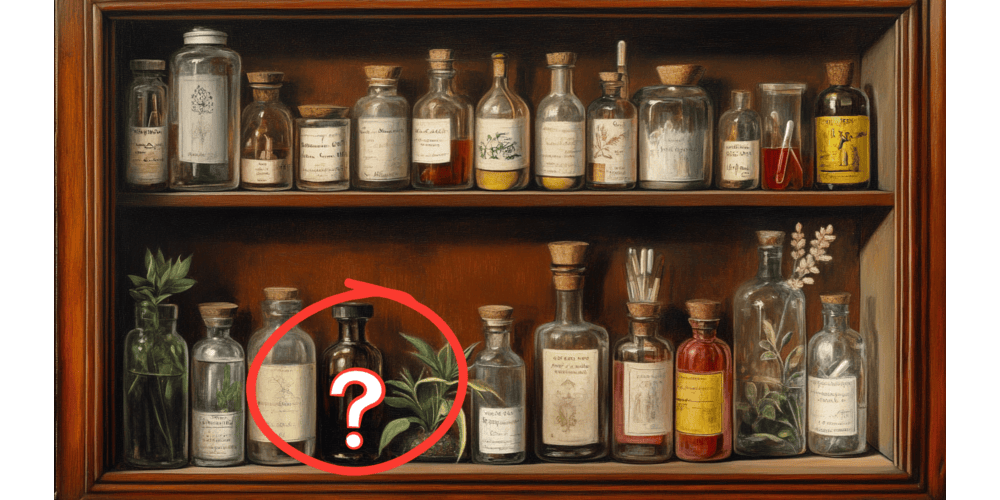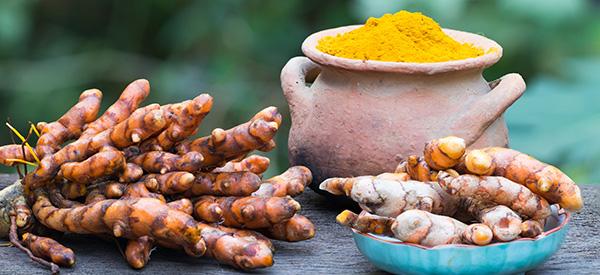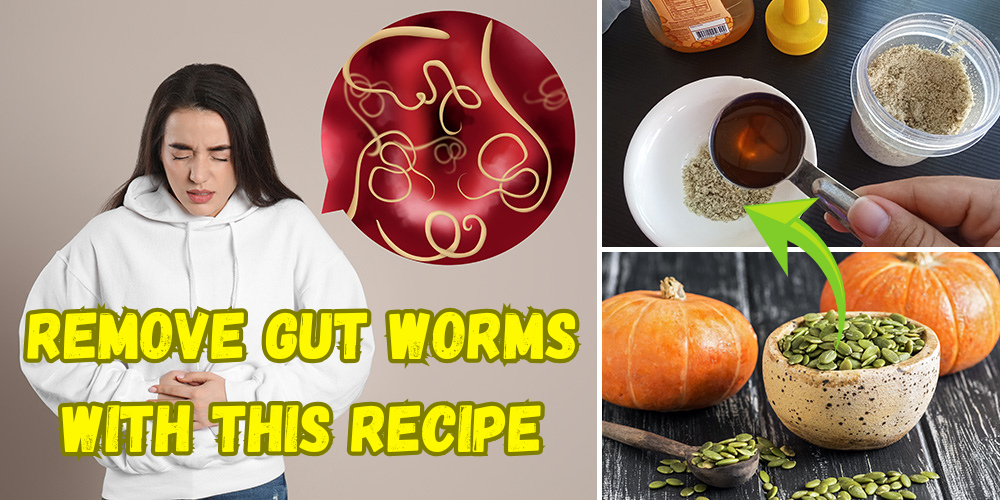
Purslane (Portulaca oleracea)
Purslane is one of those humble plants that most people overlook, or worse, rip out as a weed. Yet this small, sprawling succulent has been cherished for centuries as both food and medicine. Found in gardens, sidewalks, and open fields around the world, purslane is a reminder that some of the most powerful remedies grow right under our feet.
This hardy plant thrives where others struggle. It can grow in poor soil, withstand drought, and regenerate even after being pulled. Ancient cultures from Greece to China used it for its cooling and restorative properties, and modern studies are now confirming what traditional healers already knew: purslane is one of nature’s richest sources of plant-based omega-3s, antioxidants, and vital minerals.
In times when nutrition becomes scarce or access to supplements fades, purslane can quietly sustain you if you know how to recognize and use it.
Health Benefits of Purslane
Purslane’s true strength lies in its balance of nourishment and healing. Its leaves are rich in omega-3 fatty acids (alpha-linolenic acid), magnesium, potassium, and iron, making it a natural ally for heart and cellular health. Unlike most wild greens, it’s also high in vitamins A, C, and E, all crucial for supporting immunity and skin regeneration.
Traditional healers used purslane to soothe inflammation and cool internal “heat.” It has mild diuretic properties that help flush toxins, and its mucilaginous texture can ease digestive irritation or stomach ulcers. The plant’s antioxidants, including glutathione and melatonin, help protect cells from stress and aging, making it not just a survival food, but a longevity food.
Recent studies have found that purslane may help regulate blood sugar and cholesterol levels. For anyone managing metabolic health, this plant offers both nourishment and subtle medicinal action. And unlike many wild edibles, its flavor is bright and lemony, which makes it a joy to add to meals.
How to Use Purslane as Natural Medicine
Fresh purslane can be eaten raw, steamed, or lightly sautéed. The younger leaves and stems are tender and slightly tangy, perfect for salads or soups. To use it medicinally, the plant can be dried for teas, blended into smoothies, or infused into vinegar for a mineral-rich tonic.
For external use, crushed purslane leaves can be applied directly to minor burns, insect bites, or skin irritations to soothe inflammation and promote healing. The mucilage creates a natural cooling barrier, much like aloe vera. Some traditional remedies also mix purslane juice with honey to calm sore throats and coughs.
To preserve it long-term, dehydrate the leaves and store them in airtight jars away from sunlight. When rehydrated, they retain much of their texture and nutritional value, a valuable asset for any herbal pantry or survival larder.
How to Identify Purslane
Purslane grows close to the ground, forming mats of reddish stems with smooth, paddle-shaped leaves. Each leaf is thick, fleshy, and slightly rounded at the tip. Small yellow flowers bloom briefly in sunlight, typically in the morning. The plant often appears in disturbed soils, garden beds, and even cracks in sidewalks.
Be cautious not to confuse it with spurge (Euphorbia spp.), a similar-looking but toxic plant. The key difference is in the sap: purslane’s sap is clear, while spurge releases a milky, irritating latex. When in doubt, always test by snapping a stem.
Purslane’s succulent texture and reddish stems are easy identifiers once you’ve seen it a few times. Its resilience and abundance make it a dependable wild food source even in harsh conditions.
Foraging and Harvesting Tips
Purslane thrives in full sunlight and prefers warm, dry conditions. It can be harvested throughout the summer and early autumn, especially after rainfall when new growth appears. Cut it above the base, leaving some stems to regrow for continuous harvesting.
Wash it thoroughly before use, as its low growth habit can collect dust and grit. Purslane can also be cultivated intentionally. It grows quickly from cuttings or seeds and requires very little maintenance. A small patch in your garden can provide an endless supply of nutritious greens throughout the season.
In a survival setting, purslane offers both food and medicine when supplies run short. Its adaptability and nutrient density make it an ideal addition to any prepper’s knowledge base.
Similar Plants
| Feature | Purslane (Portulaca oleracea) | Spurge (Euphorbia spp.) | Pigweed (Amaranthus spp.) |
| Stem | Reddish, smooth, succulent | Green or reddish, thin, milky sap | Green, rough |
| Leaves | Fleshy, rounded | Thin, flat | Oval, slightly rough |
| Sap | Clear | Milky and toxic | Clear |
| Growth | Low, spreading mats | Low, spreading | Upright |
The Forgotten Strength of Common Plants
Purslane is one of those plants that quietly bridge the gap between nutrition and medicine. It reminds us that the natural world still provides everything we need, if we have the wisdom to notice. In times when processed food dominates and soil health declines, plants like purslane offer a simple path back to balance.
If you want to rediscover more of these forgotten remedies and the ancient skills that kept families self-sufficient for generations, you’ll find them in The Forgotten Home Apothecary. This guide revives the lost art of herbal healing, from wild foraging to natural formulations you can make at home.
Final Thoughts
Purslane isn’t just a weed. It’s proof that abundance still grows freely, even when modern systems fail. It nourishes, heals, and teaches us that resilience often hides in the most ordinary places. The next time you see its reddish stems winding through the soil, don’t pull it out. Pick it with gratitude. Nature rarely offers second chances, but purslane is one of them.
You may also like:
 Pine Pollen Benefits for Women
Pine Pollen Benefits for Women
The Herbal Salve That Can Save Your Skin (Video)
Pine Pollen for Stress Recovery: Nature’s Adaptogen for Modern Challenges








